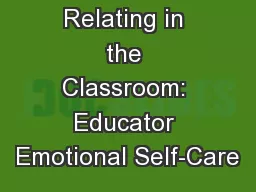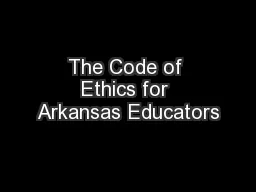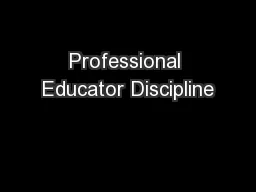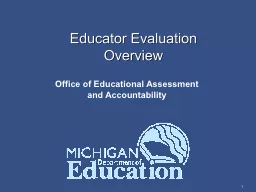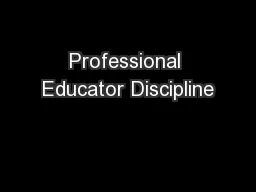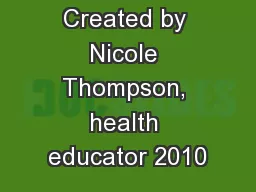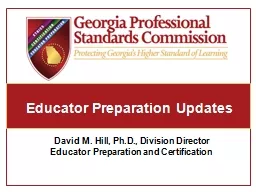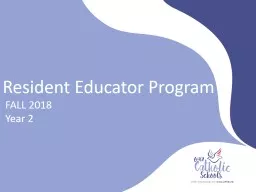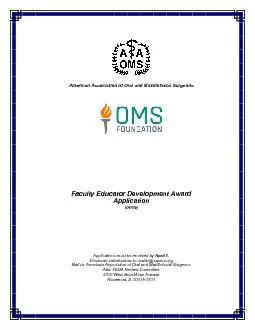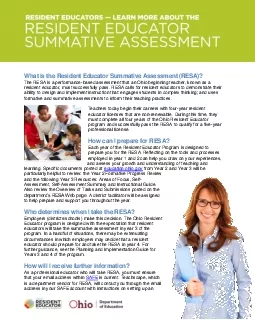PPT-Relating in the Classroom: Educator Emotional Self-Care
Author : cheryl-pisano | Published Date : 2018-10-24
Tia Navelene Barnes PhD cc BC Gov Photos httpswwwflickrcomphotos45802067N03 To support our learning Be open Maintain confidentiality Feelings Group facilitation
Presentation Embed Code
Download Presentation
Download Presentation The PPT/PDF document "Relating in the Classroom: Educator Emot..." is the property of its rightful owner. Permission is granted to download and print the materials on this website for personal, non-commercial use only, and to display it on your personal computer provided you do not modify the materials and that you retain all copyright notices contained in the materials. By downloading content from our website, you accept the terms of this agreement.
Relating in the Classroom: Educator Emotional Self-Care: Transcript
Download Rules Of Document
"Relating in the Classroom: Educator Emotional Self-Care"The content belongs to its owner. You may download and print it for personal use, without modification, and keep all copyright notices. By downloading, you agree to these terms.
Related Documents

